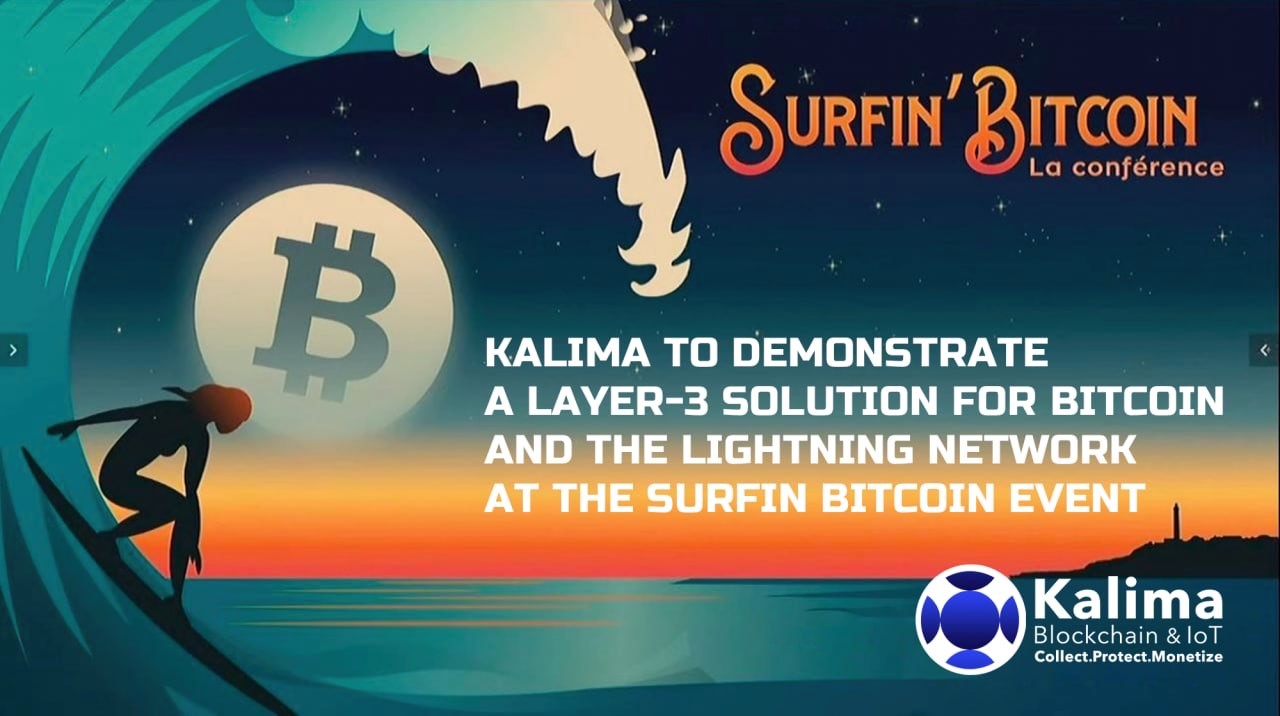Kalima client-side smart contracts for Bitcoin and Lightning Network
Disclaimer: The text below is an advertisement article that is not part of Cryptonews.com editorial content.

Bitcoin has evolved from being an idea, a concept, to a practical solution that has revolutionized lives.
At their discretion, users can choose to use a trustless, cheap and highly reliable network to move value across borders, at any time, without permission. What Bitcoin brings to the table made the project a top-performing asset over the past decade. By the end of 2020, Bitcoin had gained one million percent, outperforming traditional investments including the S&P 500 and gold.
But that’s not to say that BTC has slowed down since then. If anything, the BTC uptrend continues as the world realizes the importance of the network.
Bitcoin: A transaction layer without smart contracts
Yet, for everything that Bitcoin presents, there is a transaction layer. However, Bitcoin is supported by committed, incentivized Bitcoin mining farms and node operators from around the world. As of mid-August 2022, Bitcoin remains the most secure blockchain network, with miners committing over 200 EH/si hash rate. All these miners work in sync to guarantee that every transaction posted is confirmed securely and without a middleman who wants to push large fees.
Bitcoin may lack smart contract capability, but it makes up for this weakness with a secure base layer and the world’s most valuable asset. The good news is that despite the limitations of Bitcoin, developers continue to innovate. Additionally, Bitcoin developers recognize the importance of collaboration and expanding the reach of Bitcoin.
So far, improvements like the newly enabled Bitcoin Taproot upgrade have made BTC transactions more secure, the network more scalable, and on-chain transfers more private. The Taproot upgrade further complements efforts to scale Bitcoin via the Lightning Network. Currently, Blockstream handles the development of the layer-2 platform. The solution continues to find the adoption meter of millions of BTC locked in the Lightning Network.

Kalima focuses on IoT and data
These are welcome additions and scaling solutions as projects that Kalima plans to leverage and drive adoption of the blockchain. Kalima is a practical and usable blockchain that delivers on the promise of the Internet of Things (IoT) and the machine economy. It is multi-chain, and takes advantage of other public networks such as Bitcoin, Tezos and Ethereum. Considering how Kalima is designed, the network creators aim to make it the backbone that will anchor the future of data by releasing functional infrastructure that meets the growing and evolving needs of individuals and businesses. Even as they race toward their goals, Kalima remains flexible and complementary to existing legacy chains like Bitcoin.
While Kalima stands out from other networks due to its low-cost transactions, commitment to scalability, and focus on IoT and machine learning, a distinctive feature of Kalima is its support for client-side smart contract functionality. This feature is why Kalima’s use cases extend to many industries, including finance and payments. These are sectors where Kalima’s benefits can be extended to Bitcoin – even in its current setup, further accelerating its adoption.

Client-side smart contract functionality via Kalima
In light of how Bitcoin is structured, using UTxO architecture, Kalima can offer client-side smart contract functionality and act as a third layer on Bitcoin.
In this arrangement, the blockchain platform will not be a token protocol, but will still allow the issuance and management of scalable and private assets.
At the same time, Kalima remains compatible with the Lightning Network. The off-chain scaling solution for the Bitcoin and Litecoin networks is designed to improve processing power and, most importantly, allow BTC holders to make micropayments. As the layer-2 protocol, Kalima cannot be held back by Bitcoin’s inability to scale. Instead, the Kalima network exists on top of the Bitcoin transaction graph. Therefore, while it may be Bitcoin’s layer-2, it can also act as a layer-3 protocol of Bitcoin, inheriting the base layer’s security and decentralization, all while enabling private transfer of tokens and independent scaling.
Kalima’s ability to enable private transfer with no on-chain footprint is due to its client-validated paradigm that Peter Todd first forwarded. Under this privacy-protecting design, data is controlled by the originator, that is, the owner of the asset, and not by public consensus. When Blockstream releases the Simplicity scripting language, Kalima’s client-side smart contracts will be coded using the same language.
Kalima will showcase a technical concept during the Surfin Bitcoin Event
Towards their big goal, Kalima and Kerlink, an IoT specialist, are teaming up to build a new solution for smart contracts using Kalima’s industrial protocols to enable Lightning Network’s microtransactions. During the upcoming Surfin Bitcoin Event from August 25 to 27, the two will demonstrate a “layer-2 layer for Bitcoin”. Their solution will enable BTC micropayments using the Lightning Network, while authenticating valuable IoT and enterprise data using Kalima technology.
The technical demonstration will leverage Bitcoin as the primary layer to manage and secure rights. The Lightning Network will be used on the second layer to scale BTC micropayments. The third layer will be the Kalima and Kerlink combination for gateway value addition and efficiency. Eventually, the successful completion of this workshop will practically illustrate how Kalima, with smart contracts executed through the Kerlink gateway, can securely trigger BTC micropayments on the Bitcoin Lightning Network without compromising data quality in an IoT setting.
Get in touch with our team today:
Website: https://www.kalima.io/
Telegram: https://t.me/Kalima_EN
Twitter: https://twitter.com/Kalima_KLX
LinkedIn: https://www.linkedin.com/company/kalima-systems/
Disagreement:


